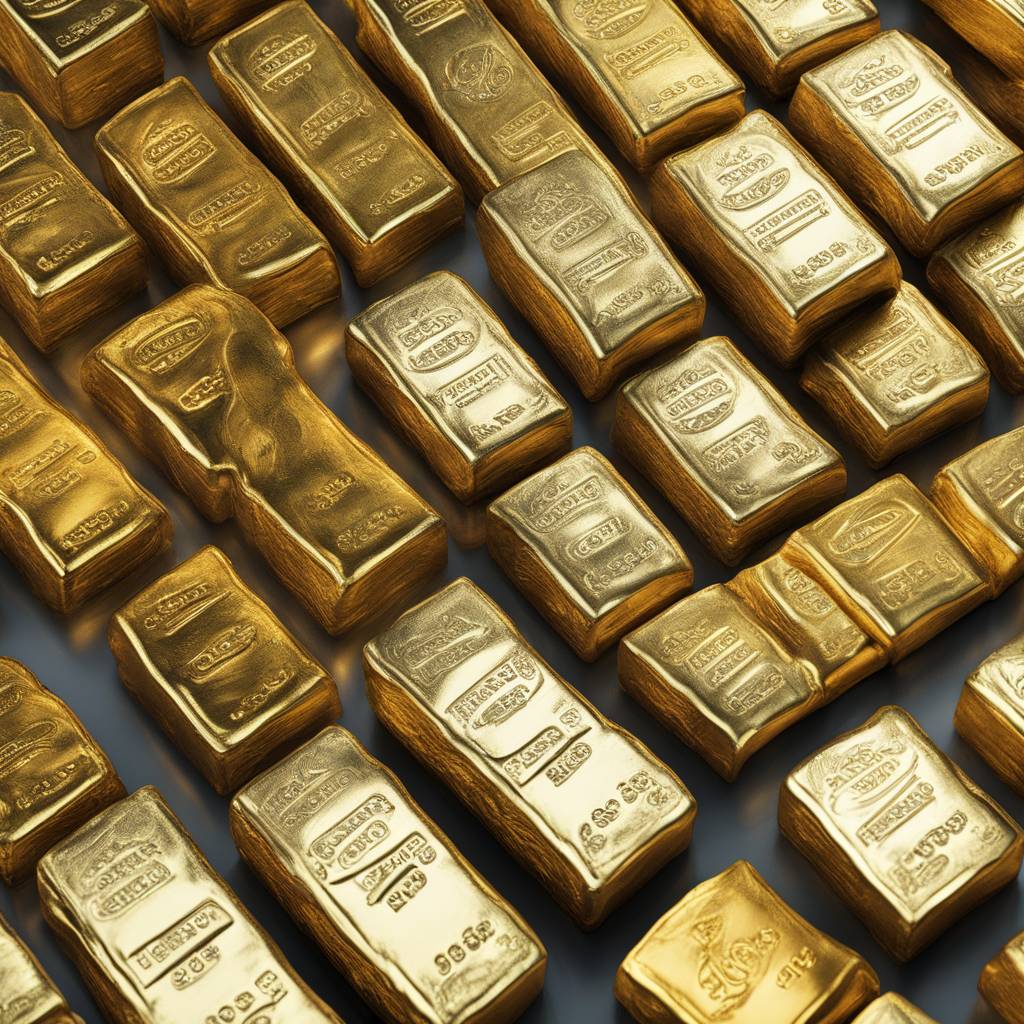As the U.S. economy continues to show signs of strength, with low unemployment rates, growing earnings, and record-setting stock markets, J.P. Morgan’s CEO, Jamie Dimon, has raised concerns about the sustainability of this economic boom. In a recent letter to shareholders, Dimon pointed to several factors that could lead to inflationary pressures, such as huge fiscal spending, the need for trillions each year for the green economy, remilitarization, and global trade restructuring. These concerns are compounded by ongoing geopolitical tensions, including the US-China trade war, disputes over human rights abuses, and conflicts in the Middle East.
Despite market optimism about the Federal Reserve’s ability to engineer a soft landing and avoid a recession, Dimon believes the odds of success are lower than what is currently priced in. He questions whether inflation can be tamed quickly enough to meet the Fed’s 2% target, suggesting that interest rates could rise to over 8% in the coming years. In response to these uncertainties, gold, a traditional safe-haven asset, closed at another record high driven by central bank purchases. China’s central bank has been adding gold to its reserves for the 17th consecutive month, while other nations are also increasing their gold holdings, signaling a preference for safer investments in times of instability.
As June futures on the New York Mercantile Exchange closed at a record-high of $2,372.5 per troy ounce, the question arises whether the surge in gold prices is a short-term trend or a sign of future economic turbulence. While markets typically forecast 3 months to 3 years ahead, the cautious stance taken by Dimon and central banks’ actions suggest a growing sense of potential trouble on the horizon. Gold tends to become more attractive during times of economic uncertainty, geopolitical tensions, or inflation, as investors seek safe-haven assets to hedge against volatility. ING Economics expects this trend to continue throughout the year, reinforcing the notion that investors are preparing for potential economic challenges in the future.
The convergence of various factors, including fiscal spending, geopolitical tensions, and central bank actions, has created a sense of unease among market participants, leading to increased interest in safer assets like gold. However, the ongoing optimism about the Federal Reserve’s ability to manage the economy and avoid a recession contrasts with Dimon’s skepticism about the Fed’s chances of success. With the possibility of interest rates climbing to over 8% in the coming years, investors are bracing for potential economic headwinds and turning to traditional safe-haven assets like gold to protect their portfolios.
While the current economic boom in the U.S. continues to show strength, concerns about inflationary pressures and geopolitical tensions have cast a shadow of uncertainty over the market. Jamie Dimon’s cautionary remarks, coupled with the actions of central banks increasing their gold reserves, suggest a growing wariness among investors about the future economic landscape. As gold prices hit record highs and central banks continue to stockpile the precious metal, the question remains whether this surge is a temporary blip or a sign of impending economic challenges that could disrupt the current wave of prosperity.


